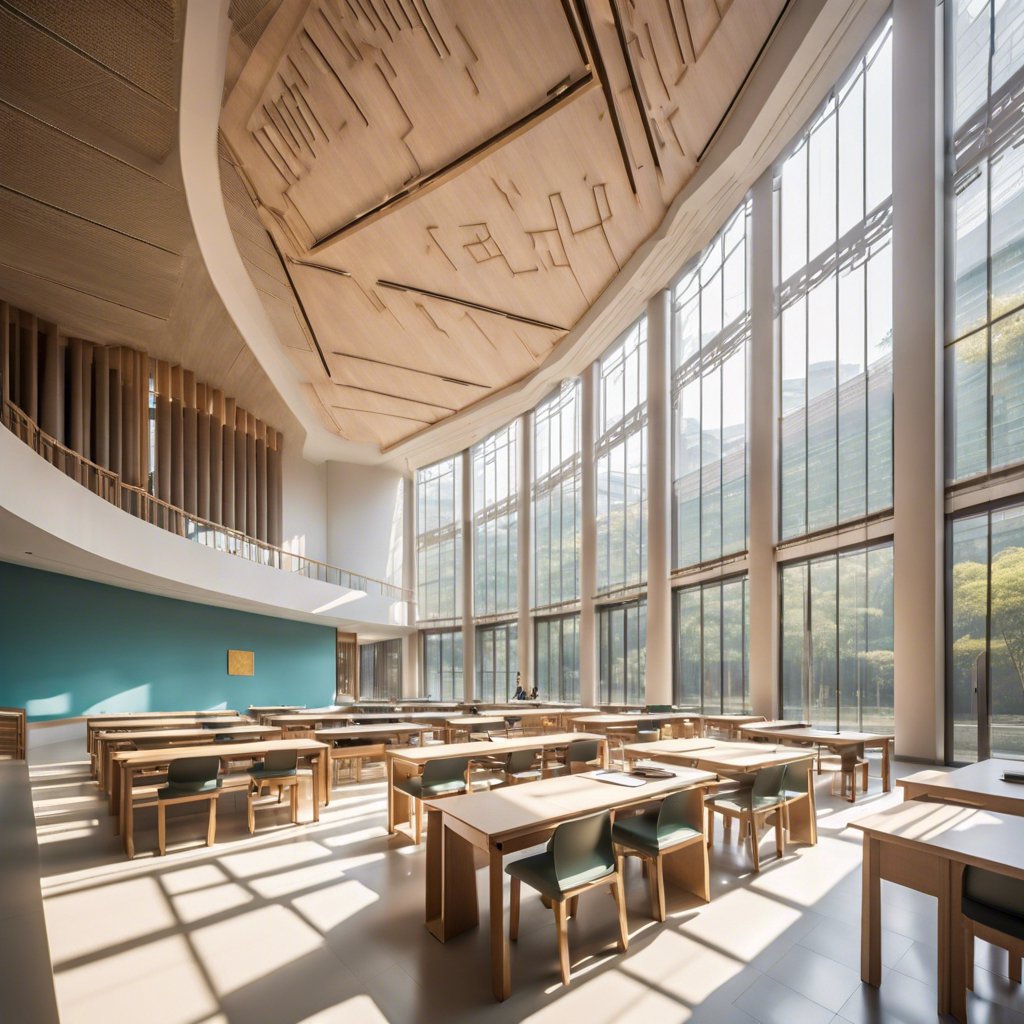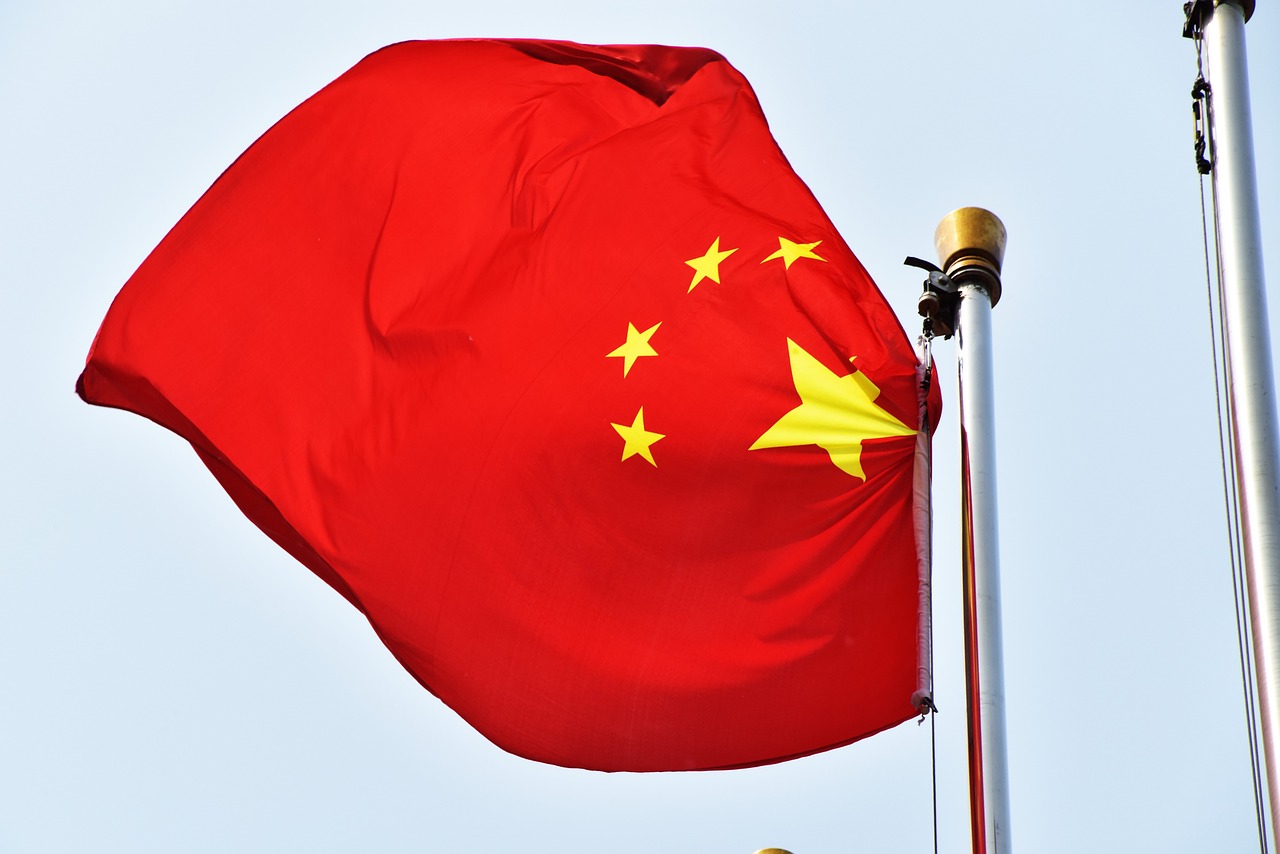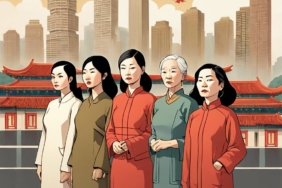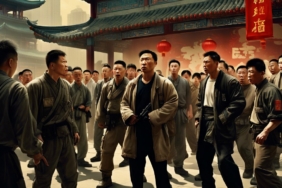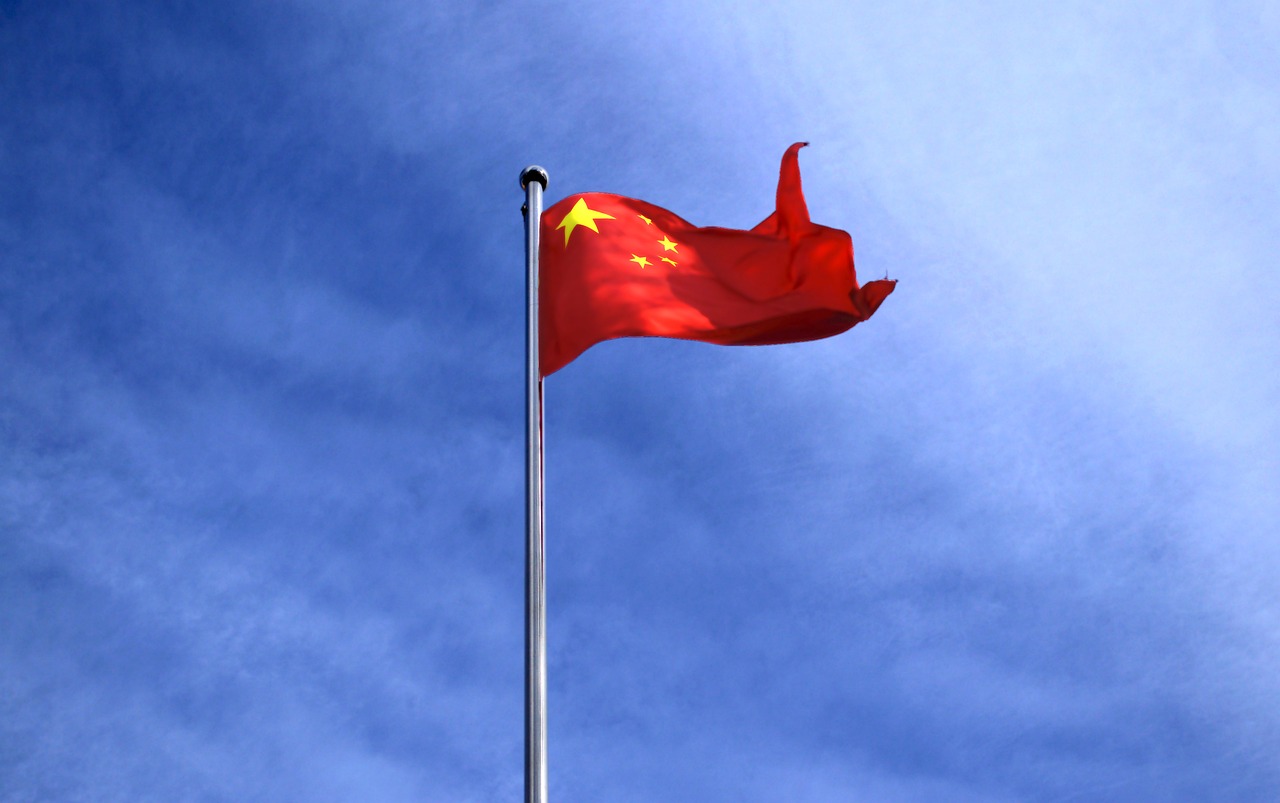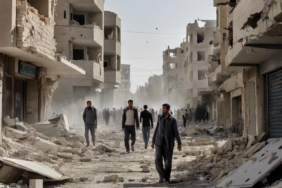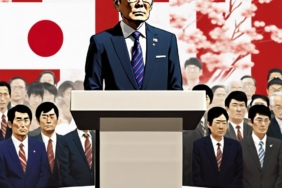Transformations in China: A Personal Reflection
In 1996, Peter Hessler embarked on a journey as a teacher at a modest college nestled in the heart of Sichuan Province. At that time, a striking 90 percent of his students hailed from rural villages. Standing at 5 feet 9 inches, he towered over his students, who were often shorter and wore just a single outfit—a blue suit jacket or perhaps a replica Chicago Bulls jersey. One student confided in him years later that he could afford only one meal a day, a stark reminder of the economic struggles faced by many.
Fast forward to 2019, and Mr. Hessler returned to China, this time to teach at the Sichuan University-Pittsburgh Institute. The landscape of his classroom had dramatically changed. Now, all of his nonfiction writing students came from urban backgrounds, and he found himself looking up to some of the women in his class, who were taller than he was. A few students sported retro Air Jordans, shoes that commanded prices in the hundreds of dollars, showcasing the shift in economic status and lifestyle.
The transformations he witnessed were a testament to the profound changes that China underwent over a generation. According to the World Bank, the demographic shift was staggering: the population transitioned from 70 percent rural inhabitants to two-thirds city dwellers. Moreover, the country experienced a remarkable twentyfold increase in economic output per person. A 2020 study published in The Lancet, a distinguished medical journal, revealed that among 200 countries, boys in China had the most significant increase in height from 1985 to 2019, while Chinese girls ranked third in this regard.
Yet, amidst these sweeping social and economic changes, one aspect remained frustratingly static—the political system. In his new book, “Other Rivers: A Chinese Education,” Mr. Hessler reflects on this paradox. He recounts, “I still taught next door to the College of Marxism, and the university still hosted old-school Communist rallies.” This raises a compelling question: how could a nation experience such profound social, economic, and educational transformation while its political landscape remained stagnant or even regressive?
This question resonates not only with Mr. Hessler but also with many Chinese citizens, foreign policymakers, academics, and journalists, including myself. It highlights the complexities of a rapidly changing society grappling with the weight of its political history.
